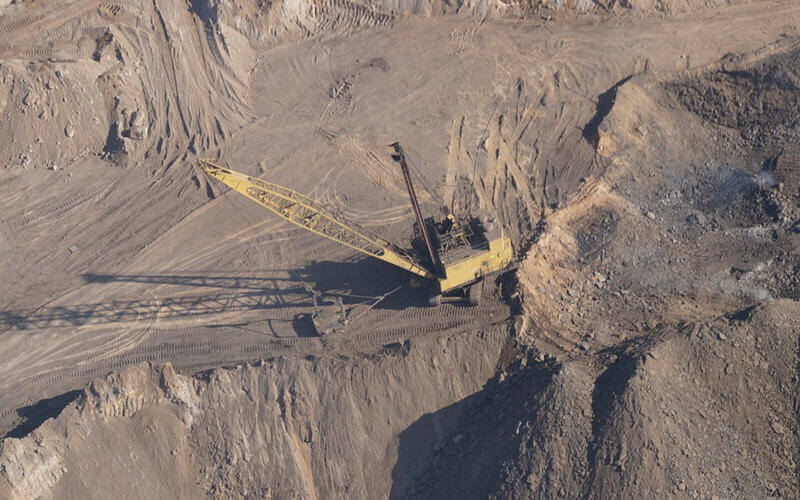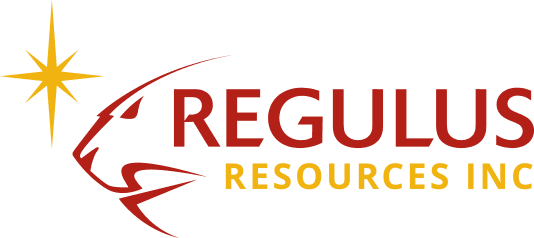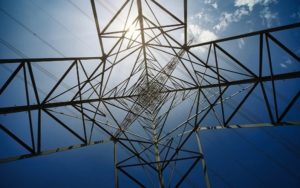Iron ore price jumps to 10-month high

Steelmaking raw materials made strong gains on Monday as Chinese mills, responsible for half the world’s steel output, on the back of speculations that the certain provinces may extend steel supply curbs beyond the winter.
The Northern China import price of 62% Fe content ore gained just under 1% to the highest since April trading at $79.95 per dry metric tonne according to data supplied by The Steel Index.
Steelmaking coal (premium hard-coking coal FOB Australia) was pegged at $243.90 a tonne up 1.4% compared to Friday, a near eight-month high. Coking coal hit a six-week high of $235.90 a tonne after gain more than 10% over the past month.
Shanghai rebar futures jumped to a three month high after authorities in the steelmaking hub of Tangshan in Hebei province extended capacity cuts in the region that is responsible for 12% of the country’s output. Mills have been ordered to lower utilization rates by 10–15% through November this year.
Beijing is cracking down on its heavy industry, shutting down outdated and polluting plants which is boosting profitability in the domestic steel industry.
Beijing mandated cuts of as much as 50% during the winter months which has revived the domestic rebar price, boosting iron ore and coking coal prices in the process.
“The order could signal further restrictions to northern China’s industrial production outside of the heating season,” said Vivek Dhar, analyst at Commonwealth Bank of Australia in a research note quoted by Reuters:
“While reduced steel production in Northern China is certainly positive for steel prices, it is negative for physical iron ore consumption.”
“The two opposing forces likely means a volatile year in iron ore markets in 2018. The lower utilisation rates will likely see Chinese mills continue to target productivity, maintaining a preference for high-grade ore.”
Lumping it
Chinese imports of high-quality iron ore fines and lump ore from Australia, Brazil and South Africa jumped 19% from December to just above 100m tonnes last month. Cargoes reached a record high of 102.8m in September last year.
Total shipments for 2017 topped record imports in 2016 of just over 1 billion tonnes.
Beijing’s policies to clean up and consolidate the domestic steel industry – responsible for half global output – is playing into the hands of iron ore exporting countries.
Low grade furnaces – particularly those that use scrap – have been outlawed and authorities are also clamping down on sintering plants.
Sintering is a necessary extra step when using low grade ore (domestic Chinese iron content averages only about 20%) and pelletizing plants using fines or iron ore concentrates have also been fingered as polluters by Beijing.
Fines drive the iron ore price and it makes up the bulk of supply, but producers of so-called “lump” ore enjoy a little more breathing room.
Lump ore can be loaded directly into blast furnaces, is easier to handle during transportation and can be shipped during wet seasons (liquefaction can be an issue with the shipment of iron ore fines during wet weather).
For steelmakers it cuts pollution and lowers cost and lump now constitutes between 15%–20% of blast furnace feedstock.
Solid steel production
According to World Steel Organization data released on Monday China’s estimated steel production fell by a mere 0.1% in January compared to December and by 0.9% year on year.
The modest reduction suggest other regions in the country have been taking up the slack. For the entire 2017 Chinese crude steel output was up 5.7% to 832 million tonnes while global output rose 5.3% to 1.67 billion tonnes.
Hebei province output during last year was also only 0.8% lower than in 2016, raising doubts about the impact of the closures and idling of capacity.
Source: Mining.com
Coal
Iron
Mining








